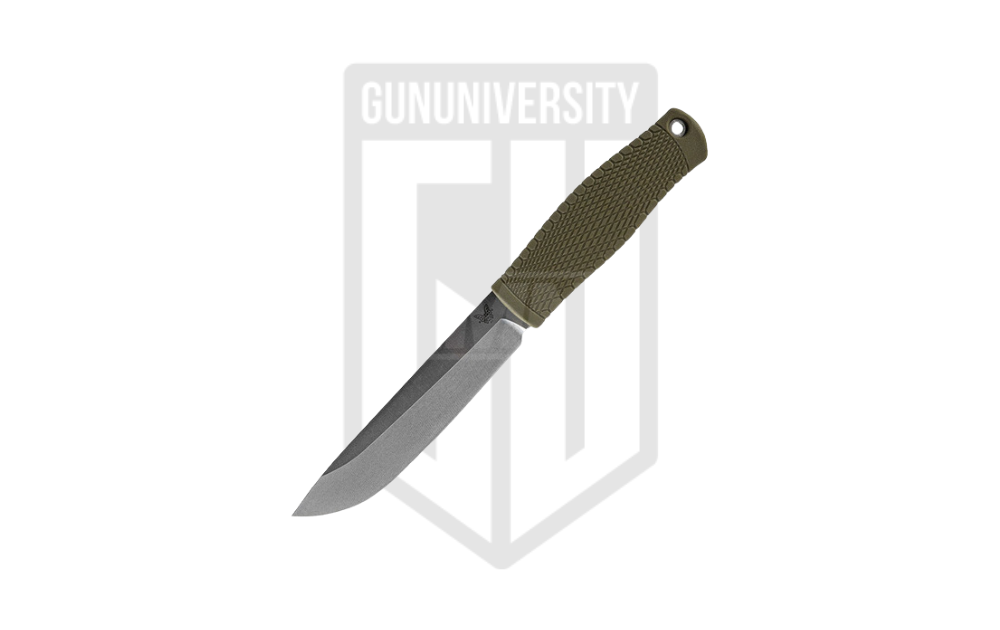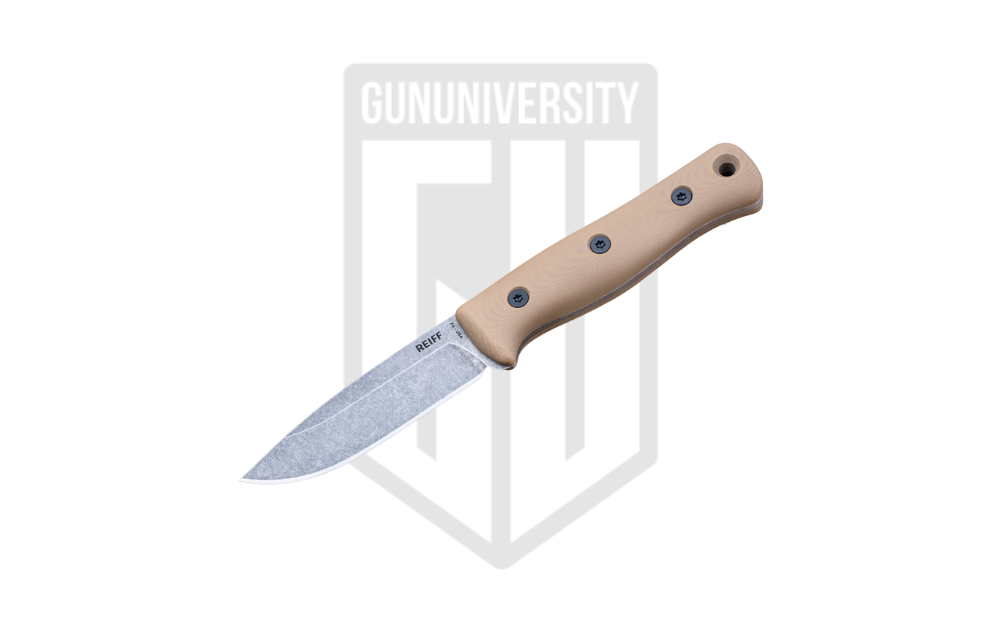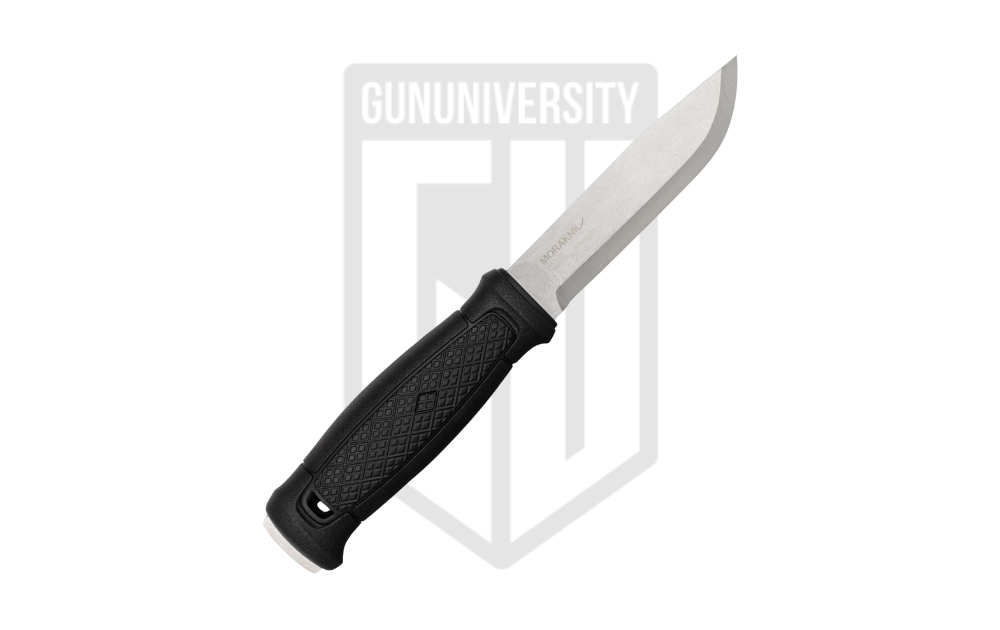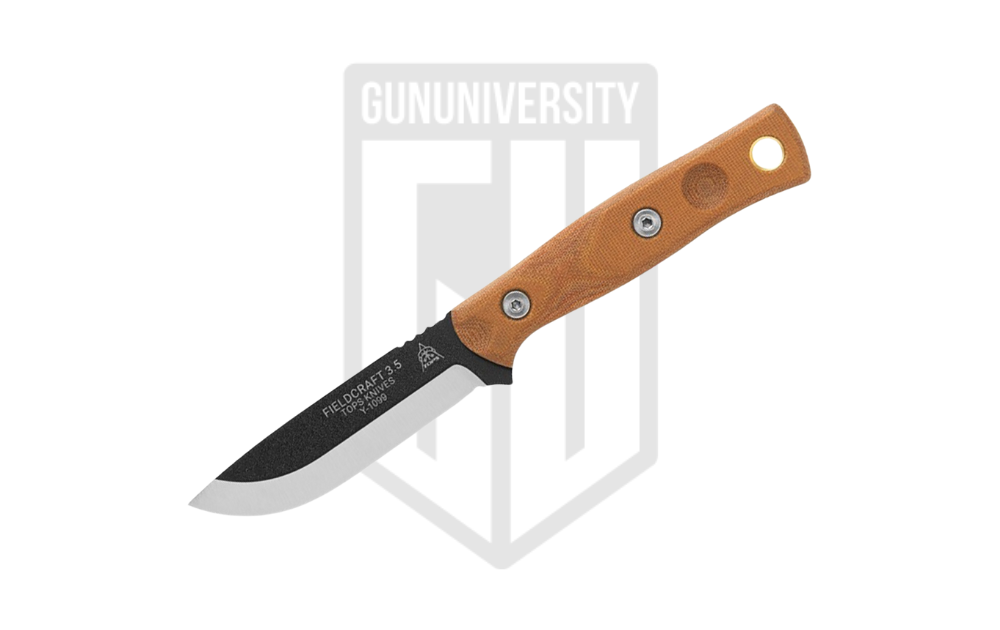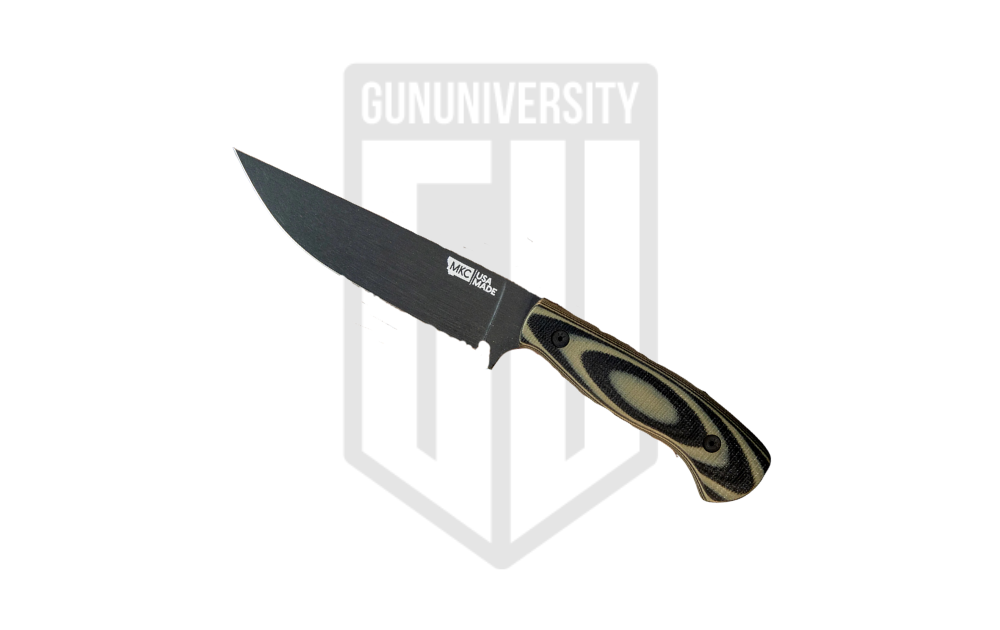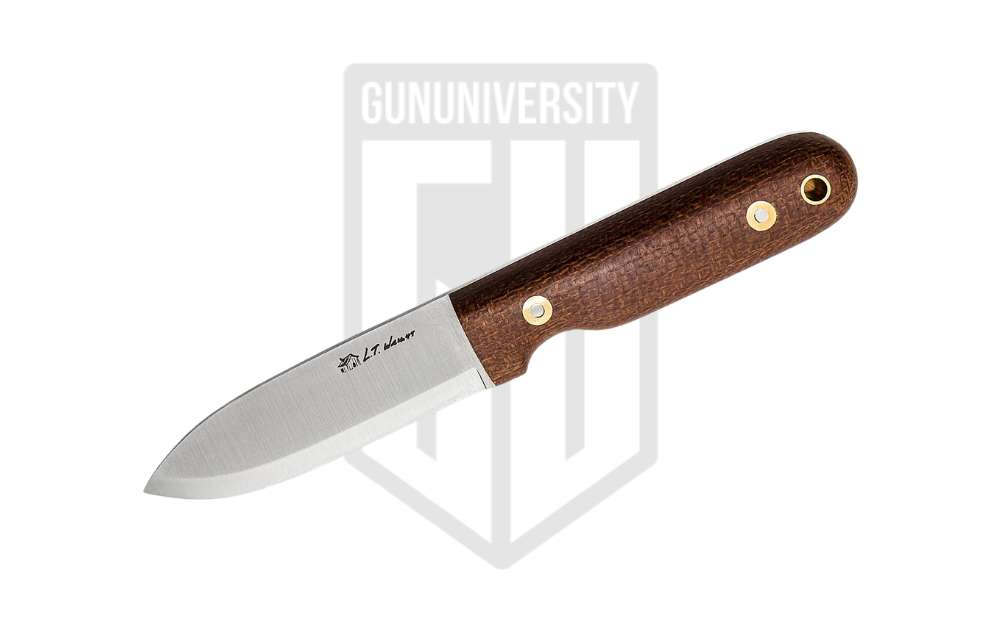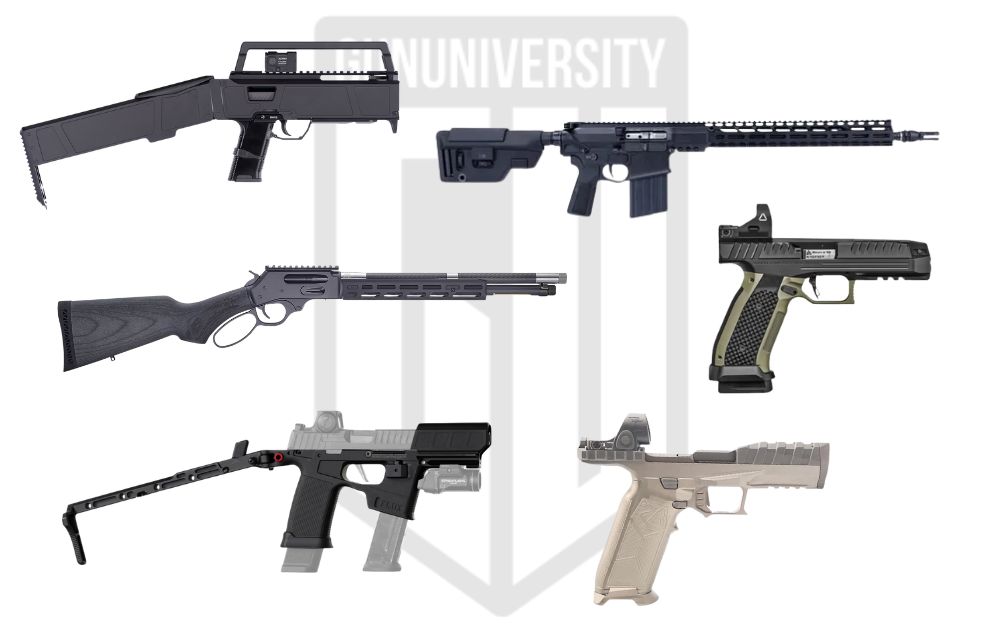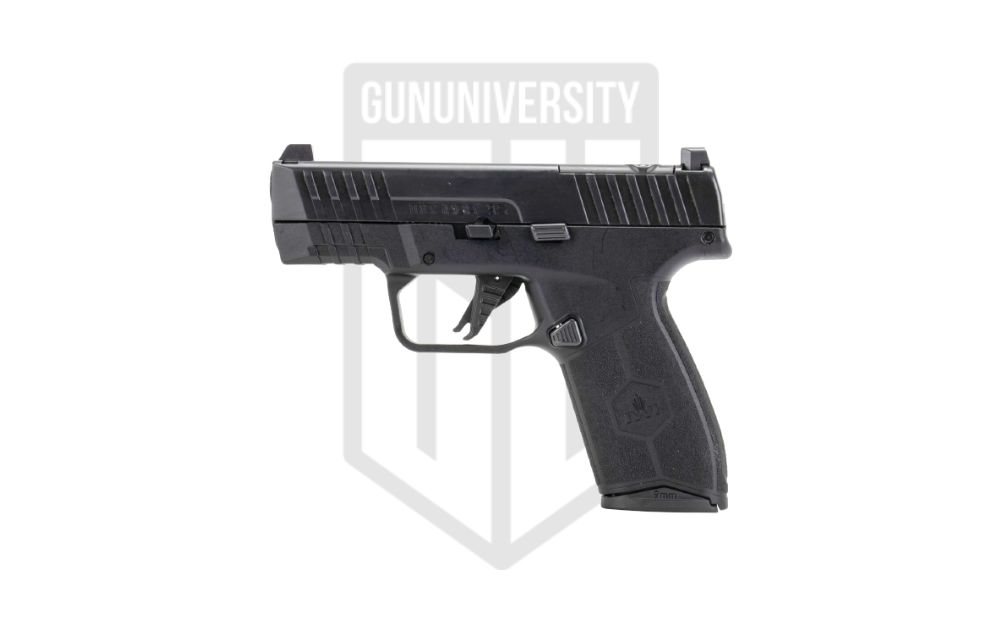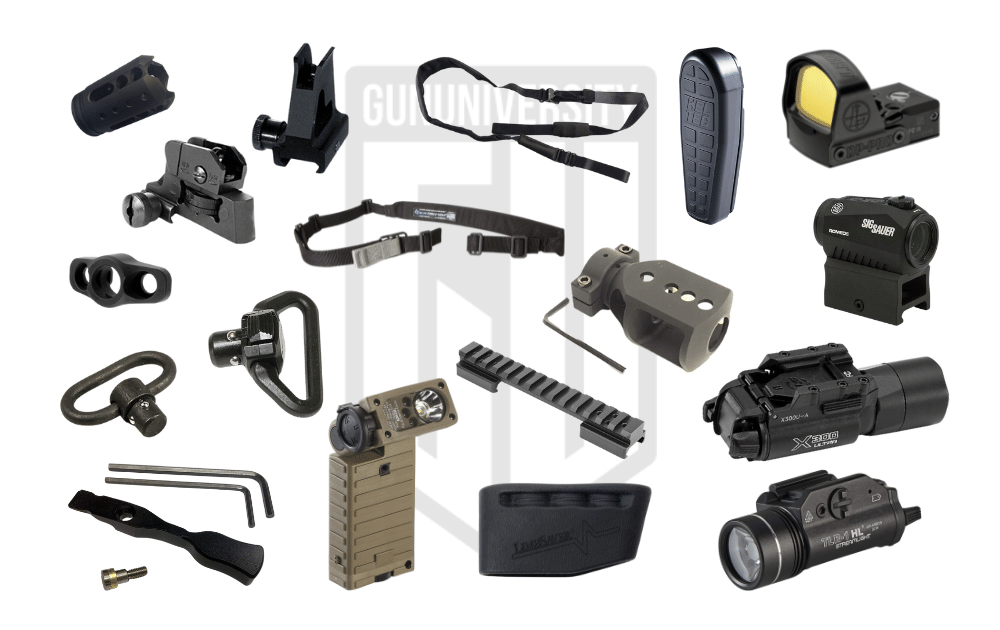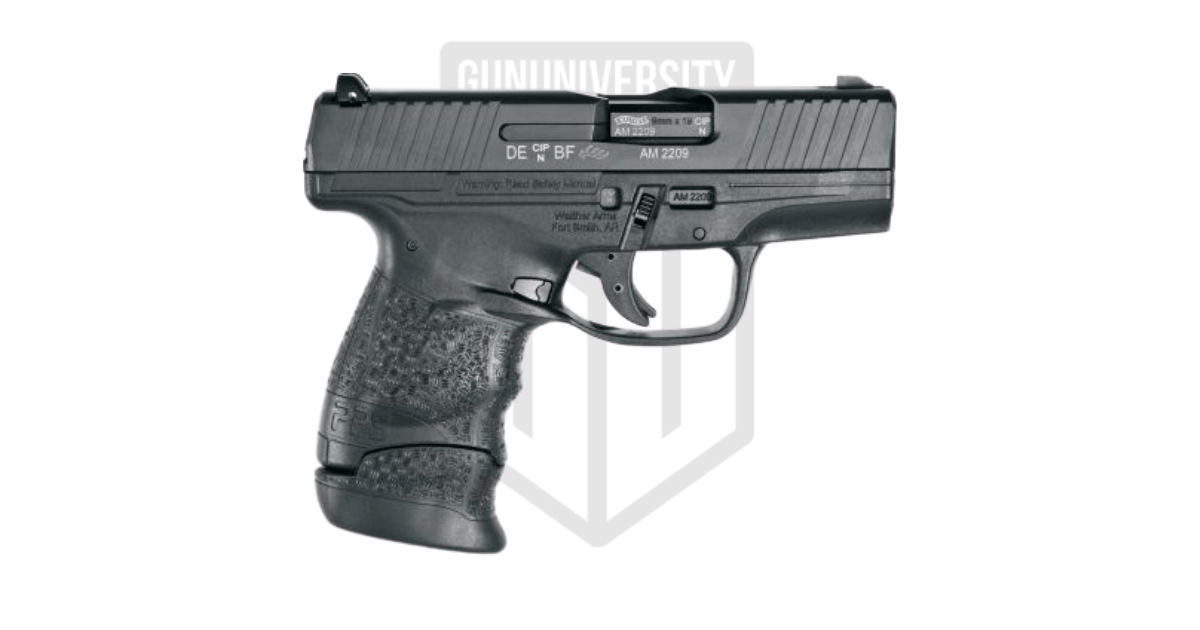The Best Bushcraft Knives
If you dig around long enough in the great outdoors, you’ll eventually find your way into bushcraft. I took the gun owner to knife guy to the bushcraft route myself. I suck at it, but it’s an outdoor hobby I can practice for basically no money. Well, I had to buy one thing to start, one tool to keep me learning new skills and how to survive. That tool is a knife, and just any knife, but a bushcraft knife.
A good bushcraft knife is different than other knives. It’s a knife designed to interact with the great outdoors. With a bushcraft knife, you can accomplish a wide variety of tasks. It can help you make a fire, clean ame, help you make traps, and more. A lot of knives can accomplish these tasks, but a bushcraft knife can make it easy and even comfortable to accomplish.
What Makes a Good Bushcraft Knife?
In a pinch, anything with a sharp blade can be a bushcraft knife. However, a purpose-built option is the best if you can preplan. A bushcraft knife is different from a standard survival knife and a lot different from something like a fighting knife. It tends to have a simplistic appearance and design.
These are working knives with a focus on safe use. Bushcraft knives are versatile. They tend to focus on having a comfortable grip for long-term work. While they’re grippy and won’t slip and slide, they are also comfortable without a super-aggressive grip texture that could cause hot spots and blisters. The grip should lack crazy finger grooves and fighting-style handguards.
The knife should have a good, strong tang. It doesn’t even have to be a full tang and designs like a rat tail tang can be functional choices. It should be a one-piece design through and through. A good tang ensures durability and strength when used roughly.
The blade should be made from solid steel. There are many different steel options, and most purpose-built bushcraft knives use good steel. Good steel is nice, but a suitable heat treatment takes a knife to the next level. The blade should also be free of crazy curves or waves. Also, ditch serrations altogether.
That blade should be between four to five inches in length. A little longer or a little shorter isn’t a big deal. The drop point is one of the preferred tip types for its versatility. A nice 90-degree spine makes striking ferro rods easier, but it isn’t a necessity. There isn’t one layout for a bushcraft knife, but they tend to follow the above closely.
Common Bushcraft Knife Tasks
Regardless of the design, a bushcraft knife has to be versatile enough to be both a chopper and a good precision-oriented knife. For example, when it comes to making a fire, you should be able to baton wood into tiny pieces and also do the precision work to make a feather stick. Both are applicable skills that are on opposite sides of the brutality/finesse scale.
Your knife should be apt at precision cutting and carving so you can create traps, build shelters, and even sharpen sticks into pointy sticks. If you happen to catch something in your trap and build a fire, you’ll need to be able to clean that animal with the very same knife.
A bushcraft knife should be extremely capable and very versatile. With that in mind, we have seven options for the enterprising bushcrafter.
Best Bushcraft Knives
Best Bushcraft Knives
Best Bushcraft Knife Reviews
Lets walk through each of our favorite fixed blade knives and explain why we like it.
Benchmade Leuku
Benchmade Leuku Specs
- Blade Length 5.19 Inches
- Overall Length 9.69 Inches
- Weight 5 ounces
- Blade Style Drop Point
The SOG SEAL Pup, complete with its nylon sheath, is an absolute steal. Retailing at around 50 dollars, it is an outstanding option for a variety of tasks. This knife is a favorite for the E-1 through E-3 crowd, who really can’t afford anything else, and guess what? It works! The AUS-8 blade gets plenty sharp, and it stays sharp. For mid-tier knife steel, it’s tough to beat.
The 4.75-inch blade isn’t too big and is capable of most work. A small portion of serration sits at the bottom of the knife to make it a more versatile cutter. The general blade shapes include a traditional clip point with a nice belly for deep cuts and an effective cutting edge. Together, these features form capable blades for duty, survival, and outdoor tasks.
They make the handle from GRN. This is a hard polymer material that features an aggressive grip texture to keep the knife stuck to your hand regardless of the conditions. The knife handle features slight finger grooves and a finger guard at the top to keep your hand protected and safe from the blade during rough work.
The SEAL Pup isn’t a premium-grade knife, but for most users, it’s more than enough. It’s versatile, and at this price point, we get a simple sheath system that’s effective, although some might find it lacking in mounting options. For less than a hundred bucks, this is about as good as it gets.
Benchmade Leuku Pros and Cons
- Excellent Steel
- Great Blade Design
- Soft Handle
- Expensive
Reiff F4 Bushcraft Knife Reiff F4 Bushcraft Knife
F4 Bushcraft Survival Knife
F4 Bushcraft Survival Knife Specs
- Blade Length 4 inches
- Overall Length 9 inches
- Weight 7.5 ounces
- Blade Style Drop Point
Reiff might not be a household name as far as knife companies go, but they certainly should be. The Reiff F4 Bushcraft knife delivers on all the fronts you want for a bushcraft knife. The Scandi Grind model, in particular, makes a sweet option for your typical bushcraft knife. Reiff goes all out with using a variety of premium materials to create one helluva chopper. Just remember, quality costs, I say that to help you avoid sticker shock.
The Reiff F4 comes with a 4-inch blade made from CPM-3V, so we get a tough and sharp blade. That blade is also 5/32 inches thick. That is beastly and perfect for powerful cuts, but is to big for precision cuts? Sometimes I’m happy to be wrong and I was with the F4. The Scandi grind is done so well that it can still do precision cuts with ease and create pretty-looking feather sticks.
The spine is 90 degree-ish, but you couldn’t strike a ferro rod against it to create sparks. The more rounded edges do provide a comfier spot for your thumb that doesn’t dig into and create an almost instant pain. Some guys take files to it to give it a proper 90-degree angle, but that’s entirely on the user.
With the grip, we gifted Micarta. Micarta is a tough material that’s plenty grippy with good resistance to hot spot creation. Underneath the scales sits a full tang for the ultimate degree of toughness. Toughness defines the F4 quite well. It’s not a knife that will tap out easily.
The downside is the aforementioned price. At over 300 bucks, it’s a tough sale for most people. That’s a hefty price of entry, but it’s also a knife that’s unlikely to break. You’ll get decades of good, hard use out of this thing. That premium still and thick-as-heck design ensures it. The warranty is also top-notch, and you can purchase it with confidence.
- Excellent Blade Steel
- Great For Small and big Cuts
- Scandi Grind
- Expensive
Mora Garberg
Mora Garberg Specs
- Blade Length 4.3 inches
- Overall Length 9 inches
- Weight 6 ounces
- Blade Style Drop Point
Morakniv is a heavily respected brand that comes from the nation of Sweden. They designed these simple knives for work, specifically bushcraft work. The Garberg is Morakniv’s response to the demand for a fixed blade, full tang knife. The blades come in both carbon steel and stainless steel configurations. Regardless of which model you choose, the Garberg uses premium blade metals for sharp, tough, and corrosion-resistant blades.
The Morakniv Garberg uses a Scandi (or Scandinavian) grind, which is what sells it as a bushcraft knife. Many people think the grind geometry is perfect for working with wood and is handy for a wide variety of tasks. The blade tip ends in a versatile clip point and delivers a nice deep belly for cutting. They designed the back of the blade with a squared spine, that makes it easy to baton wood and stroke flint fire starters. The blade can work with wood, clean game, and do nearly whatever in the woods task you might need to perform.
They make the handle from a simple polymer with a round geometry. A round design prevents corners and helps prevent hotspots as the user works and really increases the comfort of the knife for heavy use. A downside is the lack of an aggressive texture, which can make it slip when your hands are wet.
Another downside is the Sacandi grind is great when cutting and easy to sharpen, but it does take time to sharpen. Morakniv also includes a versatile multi-mount sheath system for mounting your knife anywhere you need it to be.
Mora Garberg Pros and Cons
- Affordable
- Excellent Blade Design
- 90-degree spine
- Slight Discomfort With Thumb on Spine
Bark River Bravo 1
Bark River Bravo 1 Specs
- Blade Length 4.25 inches
- Overall Length 9 inches
- Weight 7.63 ounces
- Blade Style Drop Point
In some cases, bigger is better for self-defense. However, for concealed carry, a long sword just won’t do. The Shivworks Clinch Pick was created with the goal of concealing it and giving you self-defense capabilities. Craig Douglas, the premier self-defense knife instructor, designed the blade and his experience shows through. Much like a gun, the best way to defend yourself is with excellent tools and good training.
The Cling Pick offers a Sandvik 12C27 steel blade. These Swedish steel can get very sharp, which is nice if you have to fight someone. Also, just as important, the steel provides excellent corrosion resistance. This ensures that sweat from the body won’t build up a layer of rust when carried concealed. The steel provides good edge retention and a strong design.
The Clinch Pick features G10 handles that provide an aggressive grip that locks the knife in place. You can establish a good grip for slashes, stabs, and beyond. The teardrop shape makes the knife easy to retain without the need for a massive grip. It’s rugged and easy to hang onto, which can be important in a fight.
The Clinch Pick comes with a polymer sheath design for tight to the body and concealed carry. The retention is passive, and I can quickly and easily draw the knife when necessary. This knife can accomplish some basic EDC tasks, but it’s best used for concealed carry and self-defense. It’s not an incredibly versatile knife, but it excels in its niche.
Bark River Bravo 1 Pros and Cons
- Excellent Grind
- Choice of Three Premium Steels
- Perfect Drop Point
- Slick(ish) handle
TOPS 3.5 Fieldcraft
TOPS 3.5 Fieldcraft
- Blade Length 4.5 inches
- Overall Length 10 inches
- Weight 9.6 ounces
- Blade Style Drop Point
The ESEE 4 from ESEE Knives is designed specifically for survival and outdoor use. The guys at ESEE knives are the same guys behind Randall’s Adventure and Training. These guys know their stuff, and the ESEE 4 reflects that. It’s a simple, rugged, and sharp blade designed to be easy to use, versatile, and long-lasting. The knife is of moderate size and provides a great blade on the belt, the pack, or anywhere else.
The ESEE 4 comes in either 1095 or 440C steels. 1095 is a classic knife steel that’s one of the best for field knives. It has a tough blade, holds a good edge, offers corrosion resistance, and is easy to sharpen and field serviceable. The 440C offers great edge retention and a tough design with excellent corrosion resistance, and the only real downside is how hard it is to sharpen.
The ESEE 4 offers a 4.5-inch blade, and the overall length is 9 inches. The ESEE 4 series of knives are rugged and dependable. A carbon finish on the blade keeps the knife safe and protected. ESEE uses G10 to create very aggressive and capable handles for a non-slip grip. ESEE offers a number of sheath options, including hard polymer sheath and crafted leather sheath. The knives are fairly affordable as well.
There are very few downsides, and the ESEE 4 is that it can be a little heavy. If you can get past that, you’ll have a very rugged and capable knife.
TOPS 3.5 Fieldcraft Pros and Cons
- Excellent Blade Design
- Affordable
- Bow Drill Pivot Included
- Will rust
Montana Knife Company Super Cub
Montana Knife Company Super Cub Specs
- Blade Length 5 ⅜ inches
- Overall Length 9 ⅞ inches
- Weight 6 ounces
- Blade Style Drop Point
The Benchmade SOCP is a unique and somewhat niche blade. They designed this dagger-like knife to fit inside your plate carrier or body armor. When attacked by an opponent, the SOCP is designed to be drawn and used to create space and fend off an extremely close quarter threat. That created space allows you to engage with your main firearm. The SOCP can also be used to fend off a threat who is attempting to take your firearm.
The SOCP offers a short blade that can be driven into a threat with ease and allows for deep and decisive cuts and thrusts when necessary. A dual-edged thin blade made from 440C makes the knife an excellent fighting tool, and as a whole, it is a rugged knife designed for a very specific purpose. The thin handle and retention ring allows the user to make a seamless transition to a firearm without dropping the knife.
You can wear the SOCP on armor without much difficulty due to its small and thin size. The SOCP comes with a thin, minimalist sheath, and you can mount the sheath to your carrier, belt, or elsewhere. This includes IWB for concealed carry, although the knife is rather large and somewhat difficult to conceal comfortably. It’s also a rugged everyday carry (EDC) knife, but it doesn’t have much use outside its self-defense role.
Montana Knife Company Super Cub Pros and Cons
- Crazy Sharp
- Super Durable
- Great sheath
- Rough Handle For Bushcraft
- Expensive
Best for Police Use L.T. Wright Bushcrafter
L.T. Wright Bushcrafter
L.T. Wright Bushcrafter Specs
- Blade Length 3 ⅝ inches
- Overall Length 8 1/4 inches
- Weight 6.9 ounces
- Blade Style Drop Point
The KA-BAR TDI is designed for police officers, duty belts, and weapon retention, while the SOCP might dominate for plate carrier use. The oddly shaped handle makes the knife easy and efficient to thrust, slash, and protect yourself with. While it’s designed for police use, it’s also a capable defensive concealed carry knife that’s budget-friendly. John Brenner of the Tactical Defensive Institute designed the knife as a last-ditch defensive weapon.
The KA-BAR TDI is shaped somewhat like a gun. This shape makes it easy to stab with a punching motion. It’s simple, effective, and fairly easy to use in a pinch. They make the blade from AUS 8A steel, and it’s both rugged and extremely sharp. Someone can effectively use it with ease as a weapon and, overall, is not terrible for EDC purposes. The blade is 2.313 inches long and wide at 1.25 inches.
They make the grip from a polymer called Zytel and is long enough to fill the hand. It’s easy to draw from the polymer sheath. The big metal clip secures it well over your belt and makes it easy to conceal. It’s also easy to attach to a duty belt and doesn’t take up much room. While unconventional in design, it’s a rugged and strong option for bladed self-defense and weapon retention.
L.T. Wright Bushcrafter Pros and Cons
- Tough Design
- Excellent Scandi Grind
- Comfortable Grip
- Spotty Availability
Cut and Jive
Bushcraft can be a fascinating hobby to get into. Building shelters, making fires from primitive means, and trying to carve a spoon is a gun way to explore the great outdoors. It all starts with a knife, and we’ve given you a deluge of options. Which one is for you? Let us know below!
Recent Posts
January 12, 2026
January 10, 2026
January 10, 2026
January 5, 2026

